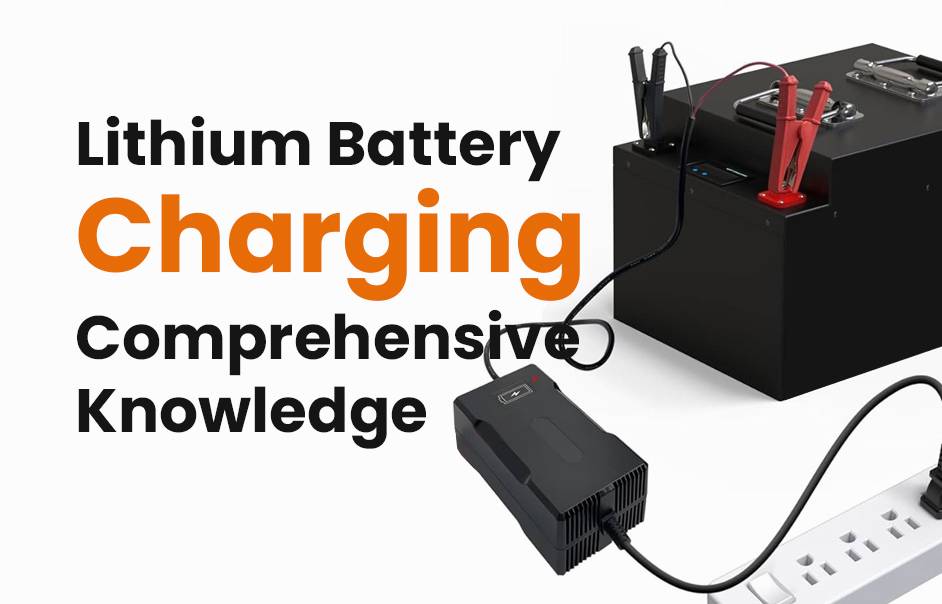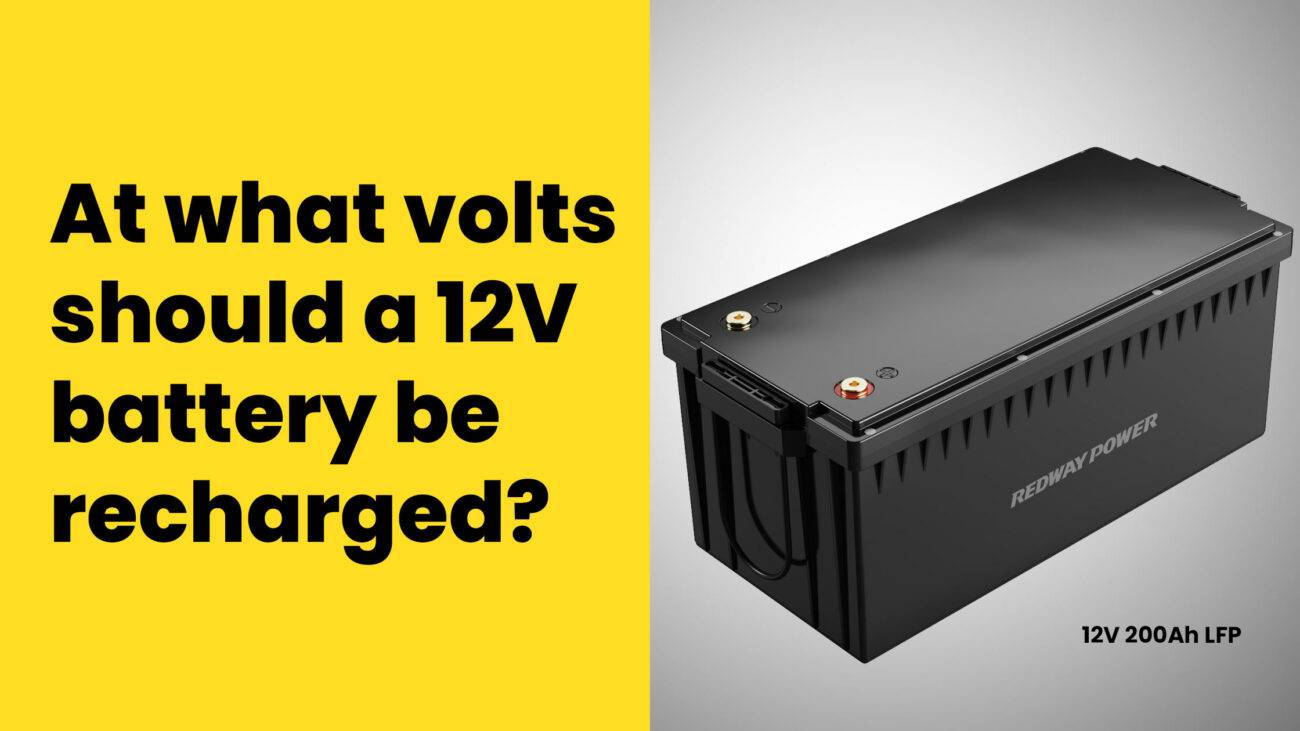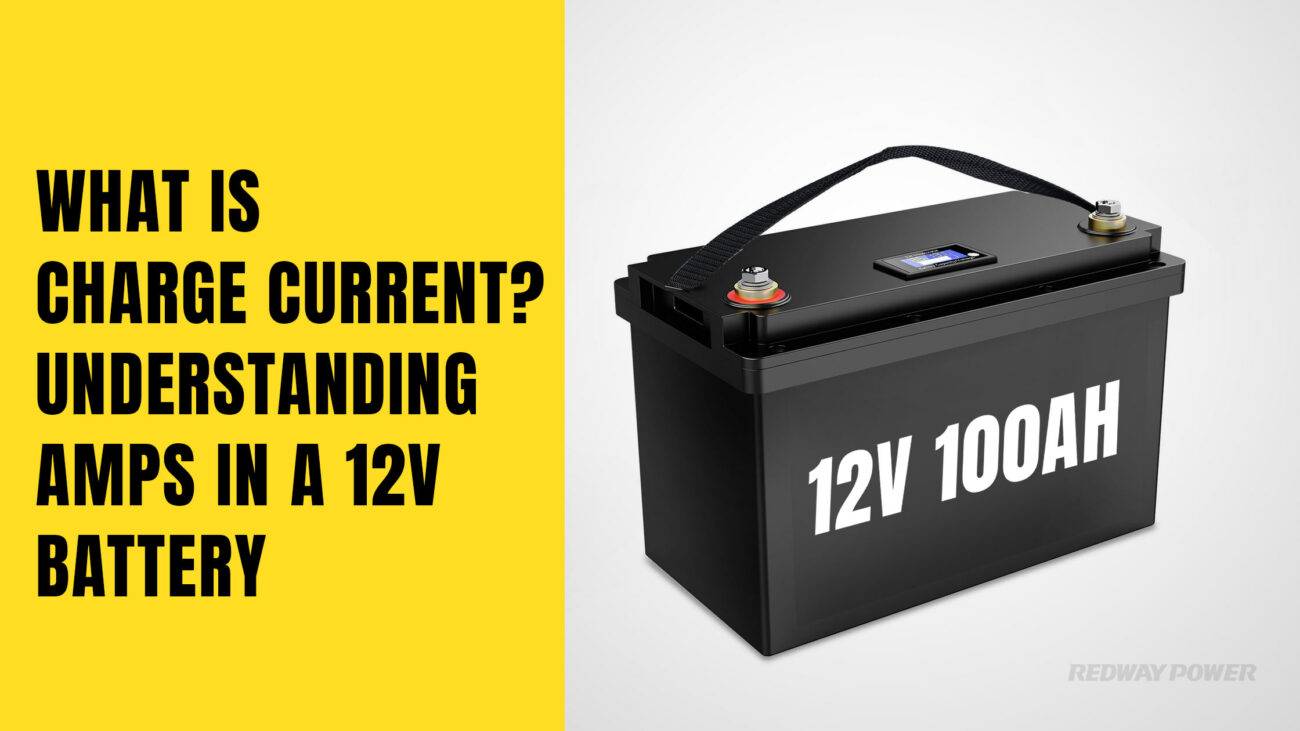Explore the essential aspects of lithium battery charging in this comprehensive guide. Covering various lithium battery types and charging practices, the blog emphasizes the often-overlooked importance of proper charging for performance, longevity, and safety. Gain insights into common mistakes, a step-by-step guide, and maintenance tips to ensure optimal functioning and extended lifespan for lithium-powered devices.
Types of Lithium Batteries
Discover different types of lithium batteries for specific applications. Lithium-ion (Li-ion) batteries are used in smartphones and laptops, while Lithium Polymer (LiPo) batteries are flexible and ideal for drones and wearables. Lithium Iron Phosphate (LiFePO4) batteries are safe and long-lasting, suitable for electric vehicles and solar energy storage. Lithium Nickel Cobalt Aluminum Oxide (NCA) batteries offer high capacity, and Lithium Nickel Manganese Cobalt Oxide (NMC) batteries have balanced performance. Choose the right lithium battery type for optimal performance.
Here’s a chart summarizing the various types of lithium batteries and their features tailored for specific applications:
| Battery Type |
Features |
Applications |
| Lithium-ion (Li-ion) Batteries |
– High energy density
– Long cycle life |
– Smartphones
– Laptops |
| Lithium Polymer (LiPo) Batteries |
– Flexible polymer electrolyte
– Higher energy density
– Flexible shape |
– Drones
– Wearables |
| Lithium Iron Phosphate (LiFePO4) Batteries |
– Superior thermal stability
– Enhanced safety features
– Extended lifespan |
– Electric vehicles
– Power tools
– Solar energy storage |
| Lithium Manganese Oxide (LiMn2O4) Batteries |
– High power output
– Slightly lower energy density |
– High power applications |
| Lithium Nickel Cobalt Aluminum Oxide (NCA) Batteries |
– Excellent capacity
– High operating voltage |
– Electric vehicles
– Electronics requiring prolonged runtime |
| Lithium Nickel Manganese Cobalt Oxide (NMC) Batteries |
– Balanced performance in capacity, power output, and longevity |
– Electric vehicles
– Power tools
– Portable electronics |
This chart organizes the information to make it easier to understand the features and ideal applications for each type of lithium battery. Selecting the appropriate lithium battery type is vital to ensure optimal performance tailored to your specific application.
Importance of Proper Charging for Lithium Batteries
Learn the importance of proper charging for lithium batteries to ensure safety and longevity. Avoid common mistakes and follow a step-by-step guide for safe and efficient charging. Implement best practices for battery maintenance to extend the life of your lithium batteries. Discover how proper charging can optimize performance and avoid potential hazards.”
- Understand the specific charging requirements of your lithium batteries.
- Use a compatible charger and avoid overcharging or undercharging.
- Implement best practices for battery maintenance, such as avoiding extreme temperatures and storing batteries properly.
By following these guidelines, you can optimize the performance and extend the life of your lithium batteries. Remember to prioritize safety and proper charging for long-lasting battery use.
Understanding the importance of proper charging is vital for the safe operation and longevity of lithium batteries. By adhering to guidelines, using the right chargers, and taking precautions, you can maximize battery performance while minimizing associated risks.
Common Mistakes When Charging Lithium Batteries
Discover the common mistakes to avoid when charging lithium batteries to optimize performance and safety. Avoid using the wrong charger, overcharging or undercharging, exposing batteries to extreme temperatures, and improper storage. By being aware of these mistakes and following proper charging practices, you can ensure the longevity and reliability of your lithium batteries.”
- Use the correct charger specifically designed for lithium batteries.
- Avoid overcharging or undercharging, as it can lead to battery damage or reduced capacity.
- Keep batteries away from extreme temperatures, as it can affect their performance and lifespan.
- Store batteries in a cool, dry place, away from flammable materials.
By following these best practices, you can maximize the lifespan and reliability of your lithium batteries, ensuring they perform at their best when you need them. Remember, proper charging is key!
Step-by-Step Guide for Safe and Efficient Charging
Follow this step-by-step guide for safe and efficient charging of lithium batteries. Use the correct charger designed for your battery. Ensure a secure connection between the charger and battery. Monitor the charging process and disconnect the battery when fully charged. By following these steps, you can charge your lithium batteries safely and efficiently, optimizing their performance and lifespan.”
- Use the correct charger specifically designed for your lithium battery.
- Make sure the connection between the charger and battery is secure.
- Monitor the charging process to avoid overcharging or undercharging.
- Disconnect the battery from the charger when it is fully charged.
By following these simple steps, you can charge your lithium batteries safely and efficiently, maximizing their lifespan and performance. Remember, proper charging practices are key to getting the most out of your batteries.
Following these steps ensures safe and efficient charging, maximizing battery performance and ensuring longevity. Remember, proper charging practices are essential for preserving the reliability of these valuable power sources.
Best Practices for Maintaining and Extending the Life of Your Lithium Batteries
Discover the best practices for maintaining and extending the life of your lithium batteries. Avoid deep discharges, keep batteries at moderate temperatures, avoid exposure to moisture, and regularly use your batteries. By implementing these practices, you can optimize the lifespan and performance of your lithium batteries, ensuring long-lasting and reliable power.”
- Avoid deep discharges by recharging your batteries before they are completely drained.
- Keep batteries at moderate temperatures, avoiding extreme heat or cold.
- Protect batteries from moisture and keep them in a dry environment.
- Regularly use your batteries to prevent them from sitting idle for extended periods.
By implementing these best practices, you can maximize the lifespan and performance of your lithium batteries, ensuring they are always ready to power your devices when you need them. Remember, proper maintenance is key to long-lasting battery life.
By adhering to these practices, you’ll not only increase the longevity of your lithium batteries but also guarantee optimal performance when needed.
Conclusion
The conclusion emphasizes the importance of understanding proper lithium battery charging for optimal performance and longevity. Selecting the right battery type and adhering to recommended practices, such as avoiding common mistakes, ensures safe operation. Implementing maintenance best practices, like temperature control and proper storage, helps extend battery life. Embracing these precautions guarantees reliable power sources for smoothly running devices. Put this knowledge into practice by charging lithium batteries safely and efficiently to reap their benefits.
FAQs
How Long Does a Disconnected Fully Charged Battery Last?
A fully charged battery, when disconnected, can last anywhere from six weeks to six months, depending on factors such as battery type, temperature conditions, and overall battery health. Storing the battery in a dry place between 40 and 60 degrees Fahrenheit is recommended for optimal storage conditions. Remember, self-discharge rates can vary, so it’s a good idea to recharge the battery every three months to maintain its performance.
-
Battery Duration: A fully charged battery, when disconnected, can last anywhere from six weeks to six months. This duration is influenced by the type of battery, temperature conditions, and the battery’s overall health.
-
Optimal Storage Conditions: To maximize the lifespan of a disconnected fully charged battery, it is recommended to store it in a dry place within a temperature range of 40 to 60 degrees Fahrenheit. These conditions help maintain the battery’s performance and prevent excessive self-discharge.
-
Regular Recharging: Periodically recharging the battery every three months is advised to maintain its performance. This practice helps prevent deep discharges and ensures that the battery remains in good health for future use.
Why the Circuitry in Lithium-Ion Batteries Is Essential for Safety and Performance
The circuitry in lithium-ion batteries is essential for safety and performance. Overcharge, deep discharge, or short circuit conditions can generate heat, leading to battery cell bloating, rupture, or even fire hazards. The circuitry includes protection circuits that monitor and control battery operations. These circuits prevent overcharging, over-discharging, and short circuit conditions, ensuring the safety and optimal performance of lithium-ion batteries.
-
Safety Mechanism: The circuitry in lithium-ion batteries acts as a protection mechanism against potential hazards. Overcharging, deep discharging, or short circuit conditions can generate excessive heat, leading to battery cell bloating, rupture, or even fire hazards.
-
Protection Circuits: The circuitry includes protection circuits that monitor and control battery operations. These circuits play a crucial role in preventing overcharging, over-discharging, and short circuit conditions. By actively monitoring the charging and discharging processes, the protection circuits ensure the battery operates within safe limits.
-
Enhanced Performance: In addition to safety, the circuitry in lithium-ion batteries also contributes to optimizing performance. The protection circuits help maintain the battery’s health by preventing excessive stress and degradation caused by improper charging or discharging.
Is Slow Charging Better for Lithium Battery Life Compared to Fast Charging?
Slow charging is more favorable for the long-term health and lifespan of lithium batteries. By charging at a slower rate, heat generation and battery stress are minimized, resulting in better capacity retention and overall performance over time. Opting for slow charging helps maintain the longevity and efficiency of lithium batteries.
-
Long-Term Health: Slow charging is generally recommended for lithium batteries’ long-term health and lifespan. By charging at a slower rate, heat generation is minimized, reducing battery stress and potential degradation over time.
-
Capacity Retention: Slow charging helps maintain the battery’s capacity over multiple charge cycles. The reduced heat generation during slow charging minimizes the risk of capacity loss, ensuring the battery retains its performance for longer periods.
-
Performance Optimization: Opting for slow charging can lead to better overall battery performance. The controlled charging process reduces the chances of overheating and excessive stress on the battery, resulting in improved efficiency and reliability.
How to Determine Battery State of Charge Without Disassembly
To determine the state of charge of a battery without disassembly, various methods can be used. Measuring the battery’s voltage is a common approach, but it can be inaccurate due to factors like cell materials and temperature. Other techniques include measuring specific gravity and utilizing current-based or voltage-based approaches. These methods provide insights into the battery’s charge level and help assess its overall condition.
-
Voltage Measurement: Measuring the battery’s voltage is a common method, but it may not always provide accurate results due to factors like cell materials and temperature.
-
Specific Gravity: Another technique involves measuring the specific gravity of the battery’s electrolyte. This method is commonly used for non-sealed batteries.
-
Current-Based and Voltage-Based Approaches: Utilizing current-based or voltage-based methods can provide valuable insights into the battery’s charge level and overall condition.
What Risks Do High Amperage Chargers Pose for Lithium Batteries?
High amperage chargers can pose risks to lithium batteries, particularly related to excessive heat generation. Overcharging the battery or using a faulty charger can lead to internal damage and potential battery failure. Thermal runaway, characterized by a rapid increase in temperature, is a significant concern when lithium-ion batteries overheat. It is crucial to use chargers specifically designed for lithium batteries and follow recommended charging guidelines to ensure safe and optimal battery performance.
-
Internal Damage: High amperage charging, especially with faulty chargers or overcharging, can cause internal damage to lithium batteries. This damage can compromise the battery’s performance and potentially lead to failure.
-
Thermal Runaway: One of the major risks is thermal runaway, where the battery’s temperature rapidly increases. This phenomenon poses a significant safety hazard and can result in battery malfunction or even fire.
-
Charger Compatibility: It is crucial to use chargers specifically designed for lithium batteries and follow recommended charging guidelines to prevent potential risks and ensure safe and optimal battery performance.
More FAQs
What voltage is too low for a 12 volt deep cycle battery?
A voltage of around 10.5 volts or lower is considered too low for a 12-volt deep cycle battery. At this voltage level, the battery is considered deeply discharged, and further discharging may cause damage or reduce its lifespan.
How are DC batteries rated?
DC batteries, including deep cycle batteries, are typically rated in terms of their voltage, capacity (amp-hours or watt-hours), and sometimes their maximum discharge rate (C-rating). These ratings help users understand the battery’s performance characteristics and suitability for specific applications.
How do you tell if a deep cycle battery is fully charged?
Several methods can be used to determine if a deep cycle battery is fully charged, including:
- Measuring the voltage: A fully charged deep cycle battery typically reads around 12.6 to 12.8 volts for a 12-volt battery.
- Specific gravity test (for flooded lead-acid batteries): Checking the specific gravity of the electrolyte using a hydrometer can indicate the state of charge.
- Battery charger indicator: Many battery chargers have indicators that show when the battery is fully charged.
Do DC to DC chargers get hot?
DC to DC chargers may generate some heat during operation, especially under heavy load or high ambient temperatures. However, modern DC to DC chargers are designed with thermal management features to dissipate heat effectively and maintain safe operating temperatures.
Do DC to DC chargers drain the main battery?
DC to DC chargers typically do not drain the main battery when the vehicle is not running. However, some models may have a minimal standby current draw to power internal electronics or maintain control circuits. This standby draw is usually low enough not to significantly affect the main battery’s charge.
What is the lifespan of a DC battery?
The lifespan of a DC (deep cycle) battery depends on factors such as usage patterns, maintenance practices, environmental conditions, and battery chemistry. Well-maintained deep cycle batteries can last anywhere from 3 to 10 years or more, with proper care and periodic maintenance.
What size DC to DC charger should I use?
The size of a DC to DC charger depends on factors such as the battery capacity, charging requirements, and the electrical system of the vehicle or application. It’s essential to choose a charger that matches the voltage and current requirements of the battery and can provide sufficient charging power for reliable operation.
What is the maximum voltage in a DC battery?
The maximum voltage of a DC (deep cycle) battery depends on its design and chemistry. For example, a fully charged 12-volt lead-acid battery may have a voltage of around 12.6 to 12.8 volts. Exceeding this voltage, especially under charging conditions, can lead to overcharging and potential damage to the battery.
How much DC voltage can shock you?
The voltage required to cause an electric shock depends on various factors such as the current flow, duration of exposure, and individual susceptibility. In general, DC voltages above 30 volts can potentially be hazardous and cause electric shock, especially if the current flow is sufficient to overcome the body’s resistance.
Is 48V DC considered high voltage?
A voltage of 48 volts DC is considered relatively high compared to lower voltages commonly found in household electronics or automotive systems. While it may not be considered extremely high voltage in industrial or utility settings, it still poses a risk of electric shock and should be handled with caution and respect for safety precautions.
Post Views: 693













